When you go on an over night or multi-night backpacking trip, you may be wondering where to get clean water to drink on your trip. Depending on where you’re backpacking, you may need to carry all of or a lot of your water in. Or there may be water sources and you can treat the water on your trip to make it drinkable. I’m going to share 4 different ways for filtering and purifying water when backpacking and camping.
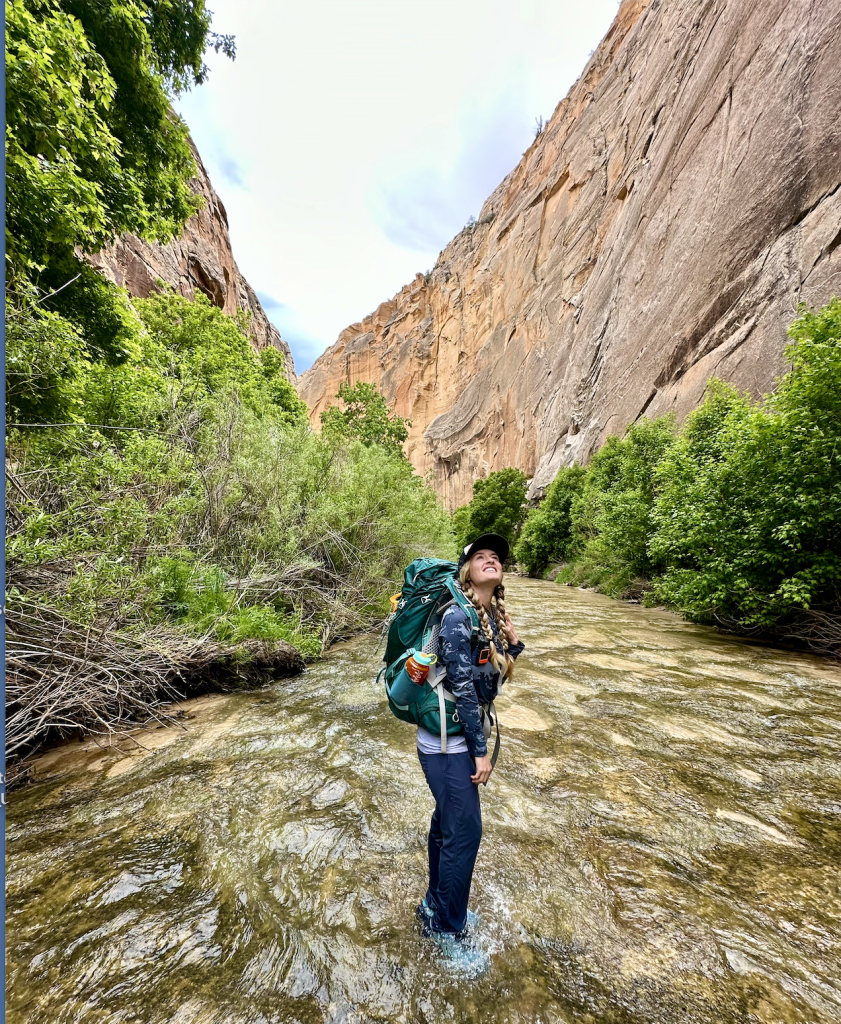
Waterborne Pathogens–Why You Need to Filter Your Water
I want to share what you are removing from your water when using a water filter or purifier and why it’s so important to filter your water no matter how clear it looks. I am going to focus on pathogens that are most commonly found in the United States. But specific pathogens and risks can vary depending on the region, season, and specific water sources encountered during a backpacking and camping trip.
Here are the pathogens you are treating your water for:
- Bacteria: Bacterial pathogens commonly found in water sources include E. coli and Salmonella.
- Protozoa: Protozoan parasites such as Giardia are another pathogen that are common in many water sources.
- Viruses: While less common in backcountry water sources, certain viruses like norovirus, rotavirus, and hepatitis A can still pose a risk (although the primary mode of transmission for these viruses is typically through person-to-person contact or contaminated food rather than water alone.)
- Parasitic Worms: While less frequently encountered in the US, certain parasitic worms can be found in specific regions or bodies of water.
Ingesting any of these pathogens can lead to symptoms like diarrhea, abdominal pain, vomiting, and/or fever. Bacteria and Protozoa are the main concerns when in the United States.
Now that you know what could be in any body of water you want to drink from, here are the 4 different ways to treat your water to make it clean to drink.
Filtering Water When Camping or Backpacking Options:
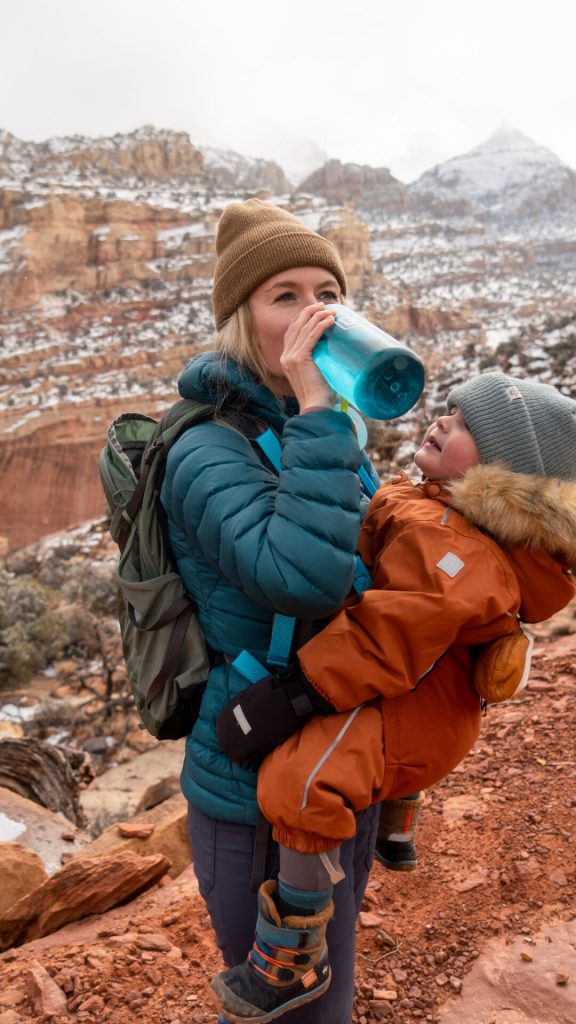
Water Filters
Water filters are designed to physically remove impurities and contaminants from your water. There are different kinds of water filters such as pump filters, gravity filters, and squeeze thru filters. These filters typically use a combination of screens and porous materials to trap bacteria, protozoa, and larger particles, providing clean drinking water.
Different Types of Water Filters:
- Gravity Filters: Gravity filters use the force of gravity to filter water. They use a water reservoir bag or container and a filter element. You fill the reservoir with water and let gravity pull it through the filter, providing clean water in a separate collection container. Gravity filters are great for filtering larger quantities of water for a bigger group. Just make sure you know you have something to hang the filter on otherwise you will need to hold it up to let gravity do its thing.
- Platypus Gravity Filter (Amazon Link Here)
- Squeeze Filters: Squeeze filters feature a collapsible water reservoir or soft bottle that you can fill with water. By squeezing the reservoir, the water is forced through the filter, providing clean water in a separate container. Squeeze filters are lightweight and easy to use.
- Katadyn BeFree Filter (Amazon Link Here)
- Sawyer Squeeze (Amazon Link Here)
- Pump Filters: Pump filters use a hand-operated pump mechanism that you put in the body of water to draw water through the filter. These are a little more bulky and you need to make sure you have a pool of water to set the pump mechanism into.
- MSR MiniWorks EX Water Filter (Amazon Link Here)
- MSR Guardian Purifier (Amazon Link Here)–This pump filter also PURIFIES.
- Bottle Filters: Bottle filters are water bottles with an integrated filter element. You fill the bottle with water, and as you drink through the bottle’s spout, the water passes through the filter, providing clean drinking water. Bottle filters are convenient for individual use but you can’t filter a lot of water at once.
- Grayl GeoPress Water Filter and Purifier (Amazon Link Here)– This bottle filters AND purifies
- Straw Filters: Straw filters are exactly what they sound like, a straw that filters water as you drink. They are compact, lightweight and designed for personal use. I find these to be a bit slow and hard to drink through.
- LifeStraw Peak Water Filter (Amazon Link Here)
Something to note with many of these types of filters, they cannot withstand freezing temperatures. So if you are going to be backpacking or camping and you think the temperature at night might drop, make sure to sleep with the filter in your sleeping bag to keep it from freezing. If it does freeze, it’s almost impossible to tell from just looking at it compromises to the integrity of the filter.
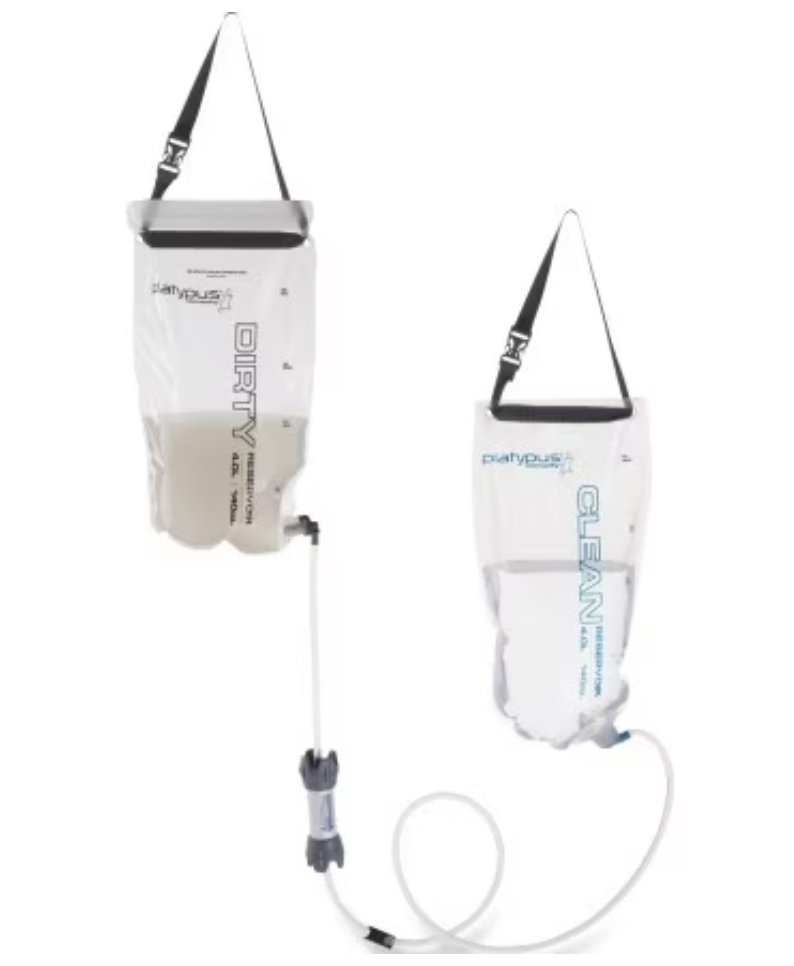
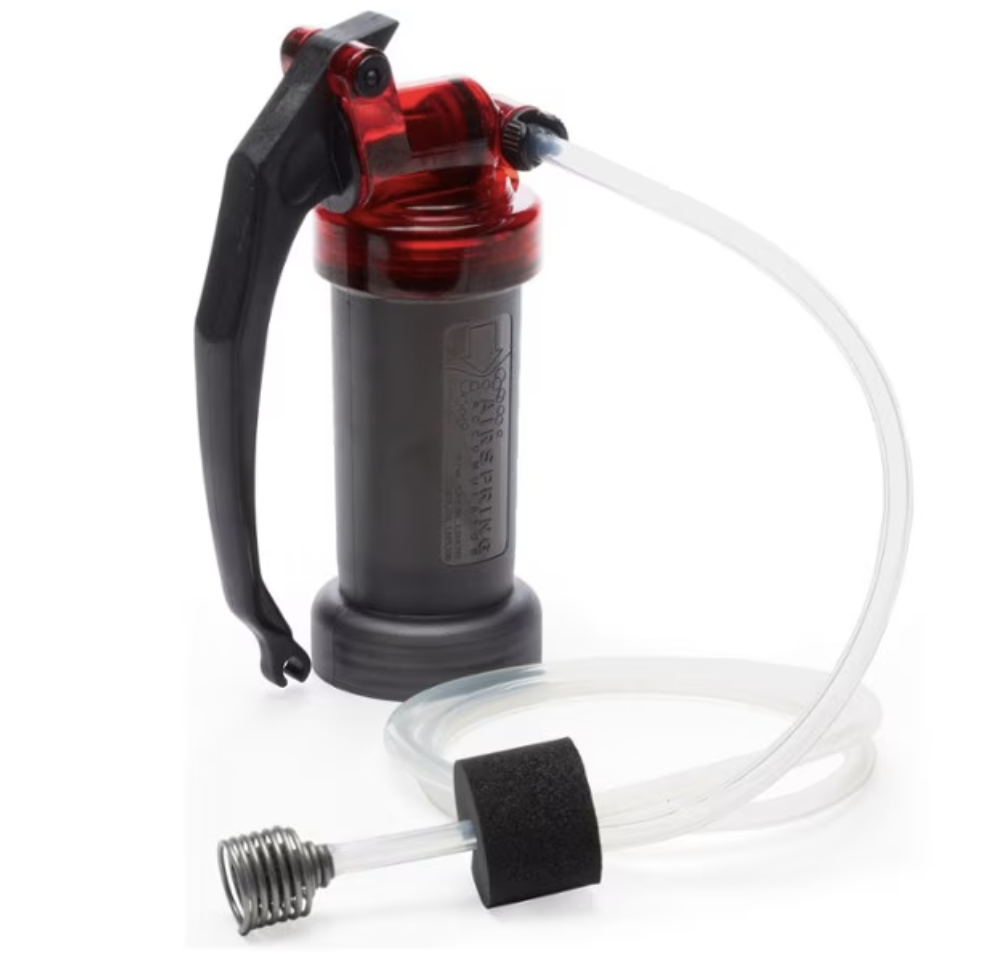
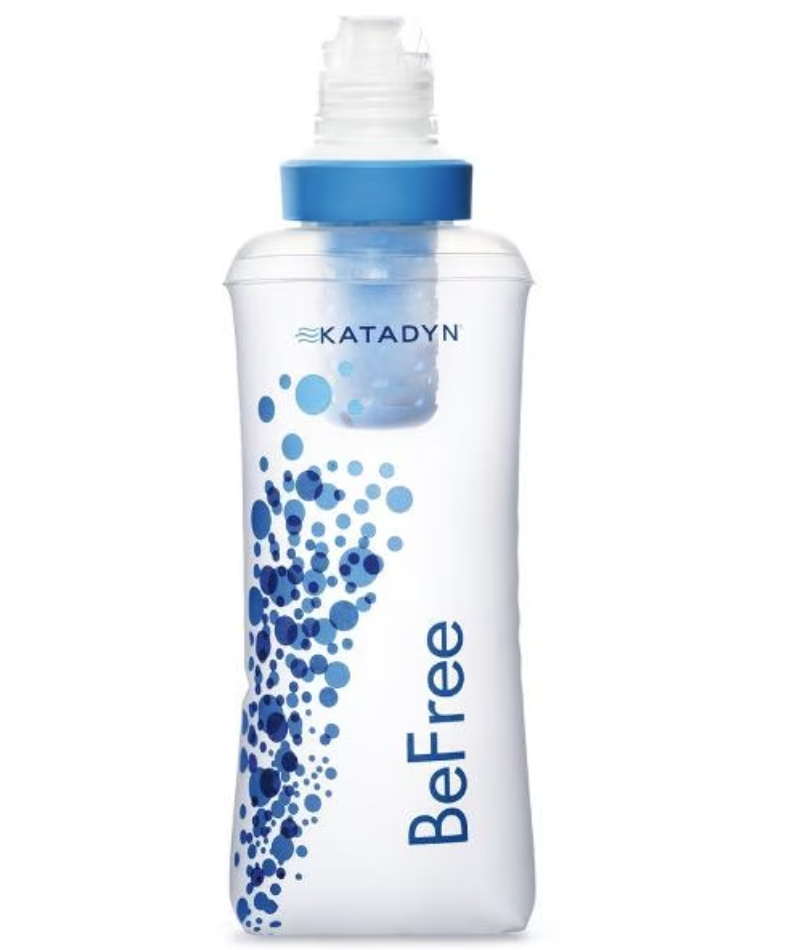
Water Purification Tablets
Water purification tablets contain chemicals like chlorine dioxide or iodine, which kill or neutralize common waterborne pathogens. However, they may not be as effective against certain protozoa or viruses.
One huge pro to water purifying tabs is that they are compact and lightweight, making them convenient for backpacking. I often times will bring purifying tabs as a backup water treatment in case my water filter fails. One downside is if you drink water for many days in a row treated by tablets, it can upset your stomach. They also can add a slight chemical taste to your water.
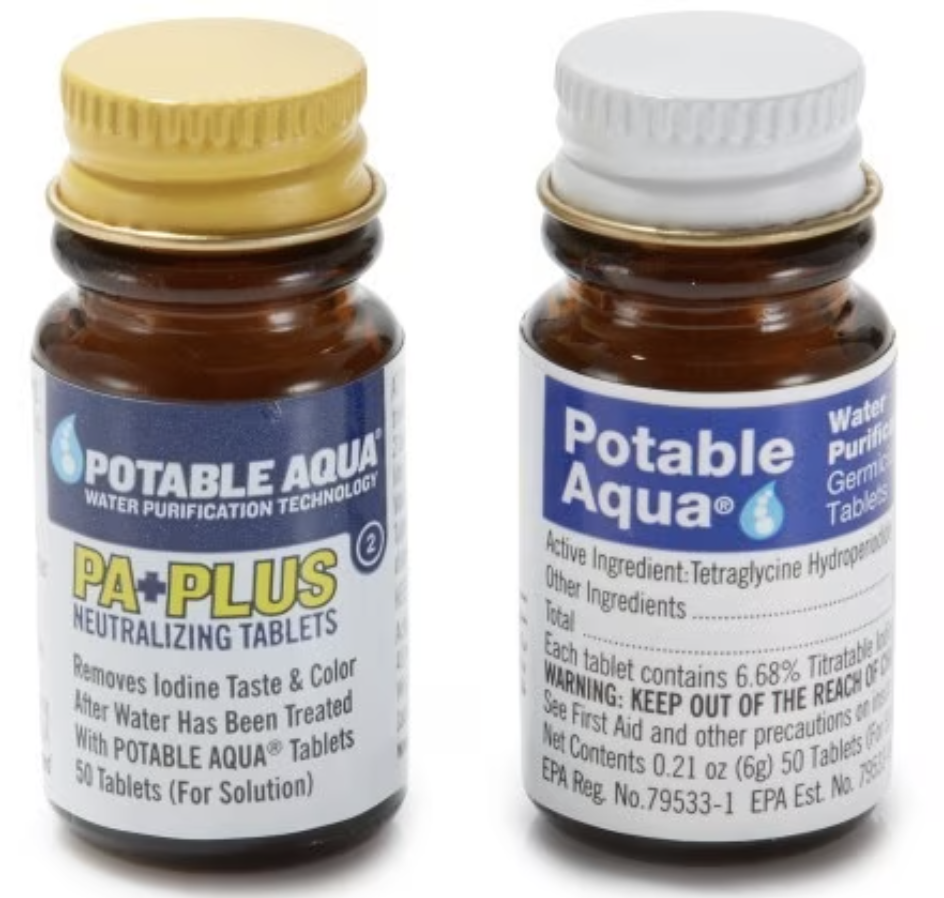
Purifying Tablet Options:
- Iodine and Taste Neutralizing Tablets (Amazon Link Here)
- Aquatabs (Amazon Link Here)
Ultraviolet (UV) Light Purifiers
UV light purifiers use ultraviolet light rays to destroy the DNA of microorganisms, making them harmless. These devices are usually small, battery-operated, and capable of treating water within minutes. They are effective against bacteria, viruses, and protozoa, but they may not remove particulates or chemicals from the water.
Because the light is not removing any of the sediment from the water, you will want to pre filter your water so you’re not drinking the dirt or sand floating in it.
I don’t usually recommend a UV purifier for backpacking in the U.S. since you would likely need to pre filter your water first which means you would have to bring an extra filter. It just makes more sense to simply bring a filter. If you are worried about viruses in the water, you could boil your water or use purifying tablets.
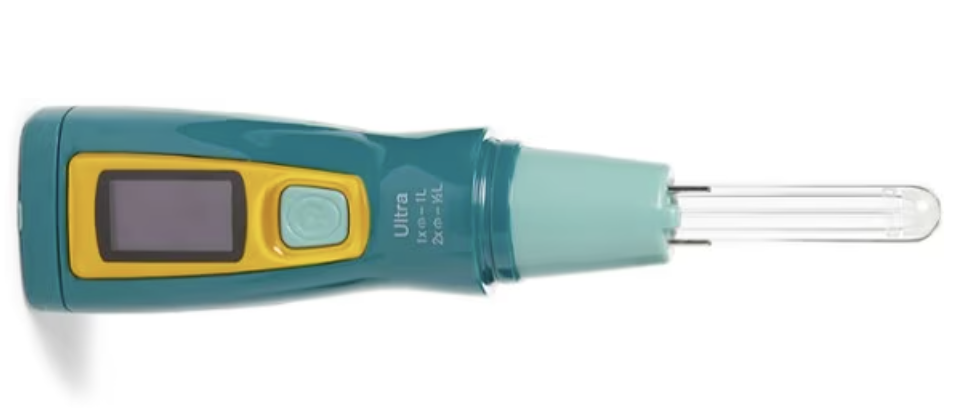
UV Light Purifier Options:
- Katadyn Steripen (Amazon Link Here)
Boiling Water
Boiling water is one of the oldest and most reliable methods to purify water. By bringing water to a rolling boil for at least one minute (or longer at higher altitudes), you can kill most pathogens and make the water safe to drink. Boiling is effective against bacteria, viruses, and protozoa, but it does not remove any chemicals or sediment. This is another method I would recommend pre filtering your water first.
I don’t usually boil my water to filter it when backpacking as it uses up my fuel, but it is a great back up alternative.
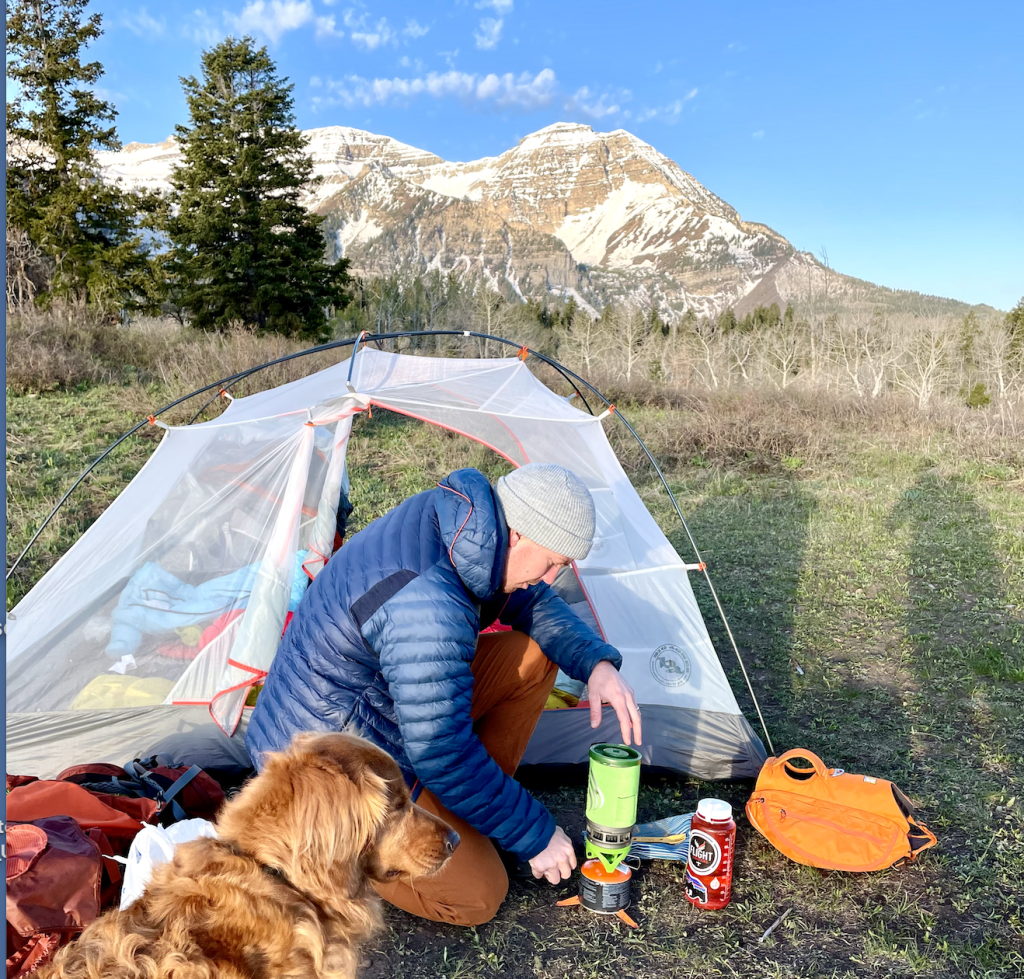
Stoves for Boiling Water
- Jetboil Flash (Amazon Link Here)
- MSR PocketRocket (Amazon Link Here)
What I Use for Filtering My Water Camping and Backpacking
I use the Sawyer Squeeze for filtering water backpacking. It is lightweight, easy to use, and relatively inexpensive. A couple downsides to it are that the bags it comes with can be hard to fill up in standing water and it is more suitable for 1-3 people rather than a group.
Another great filter option I love, especially for a larger group or family, is the Platypus Gravity Filter. You fill one bag with dirty water, hang it up, and the water runs through tubes and the filter where clean water comes out into the other attached bag or water bottle.
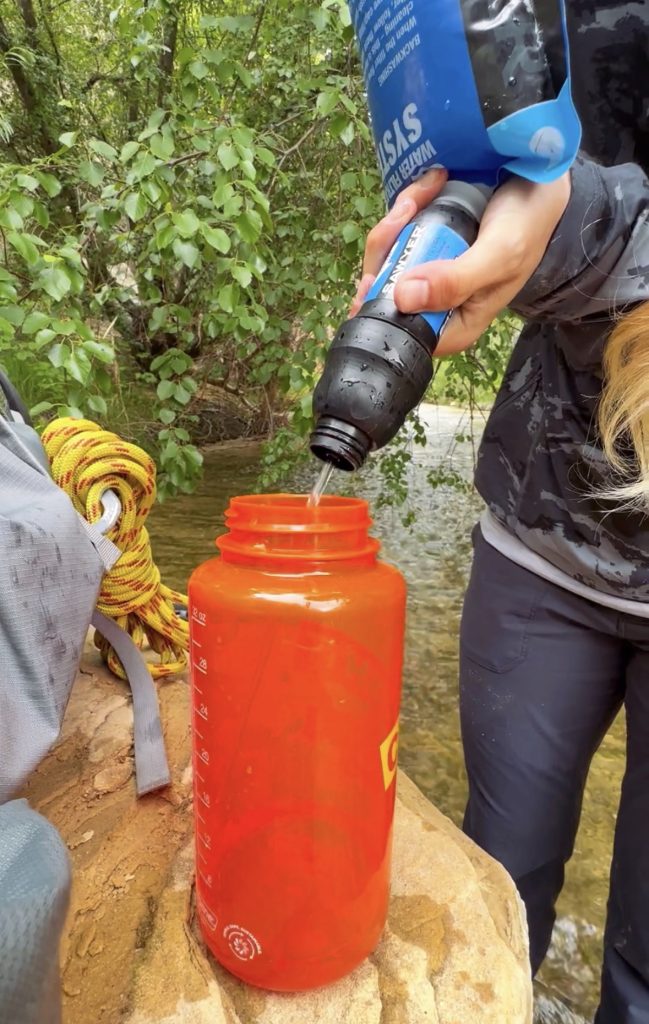
Water for Camping
When you are camping at a designated camp site, often times there will be potable (drinking) water available. But if you are dispersed camping, or camping off grid, I would recommend bringing a water filter so you can filter water if you run out. I think the best option for this would be the Platypus Gravity filter so you can filter a lot of water at once. We bring water for camping in this large jug.
If you are interested in more backpacking tips and information, you can check out these tips for backpacking posts, here!


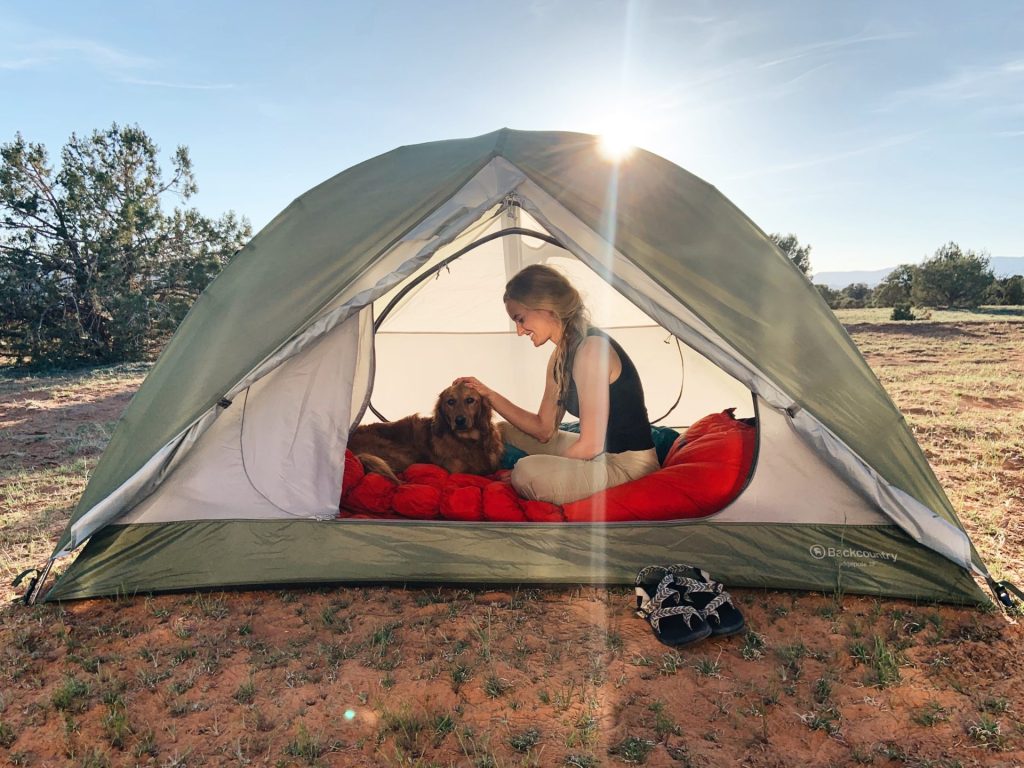


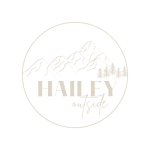
Pingback: Essential Hiking Gear for Kids | What to Pack On a Hike with Toddlers -